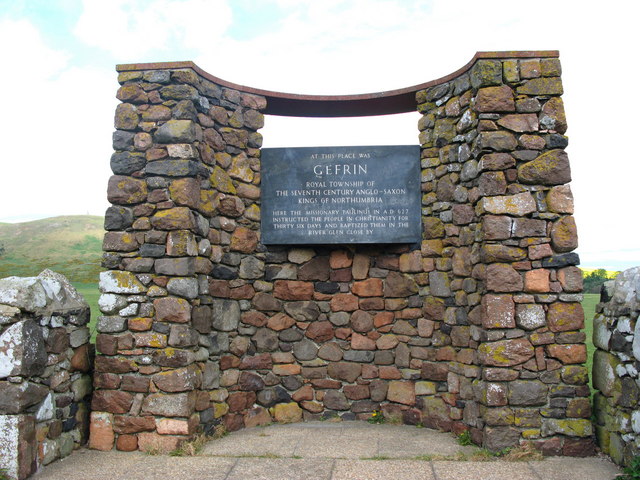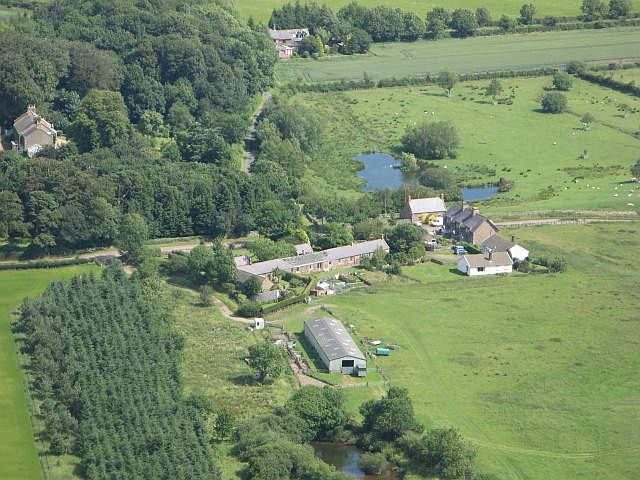Ad Gefrin Anglo-Saxon township and prehistoric remains - List Entry

-
Description
"....The monument includes the extensive remains of the Anglo-Saxon royal township of Ad Gefrin, along with earlier pits, ring ditches, burials and enclosures dating from the Neolithic to the Iron Age, situated on a slight rise south of the River Glen. The remains which cover an area of 12.7ha are visible as cropmarks on aerial photographs and survive as below ground archaeological features. The most extensive element of the monument, is the Anglo-Saxon royal township of Ad Gefrin. At least five major phases of Anglo-Saxon occupation have been identified involving the sequential development of the site through the construction of a number of enclosures, timber buildings, a grubenhaus, a temple, an assembly structure, a 'Great Hall', a cemetery, an early church and a number of other buildings. The Anglo-Saxon township is referred to by the Venerable Bede and probably originated in the second half of the 6th century AD. It was destroyed by fire in AD 632 in the reign of Edwin and in AD 651, and the site was finally abandoned in AD685 when the settlement was re-established at Maelmin 3.5km away....." -
Owner
Historic England -
Source
Local (Co-Curate) -
License
What does this mean? Unknown license check permission to reuse
-
Further information
Link: https://historicengland.org.uk/listing/the-list/list-entry/1006519
Resource type: Text/Website
Added by: Simon Cotterill
Last modified: 8 years, 4 months ago
Viewed: 764 times
Picture Taken: Unknown -
Co-Curate tags








